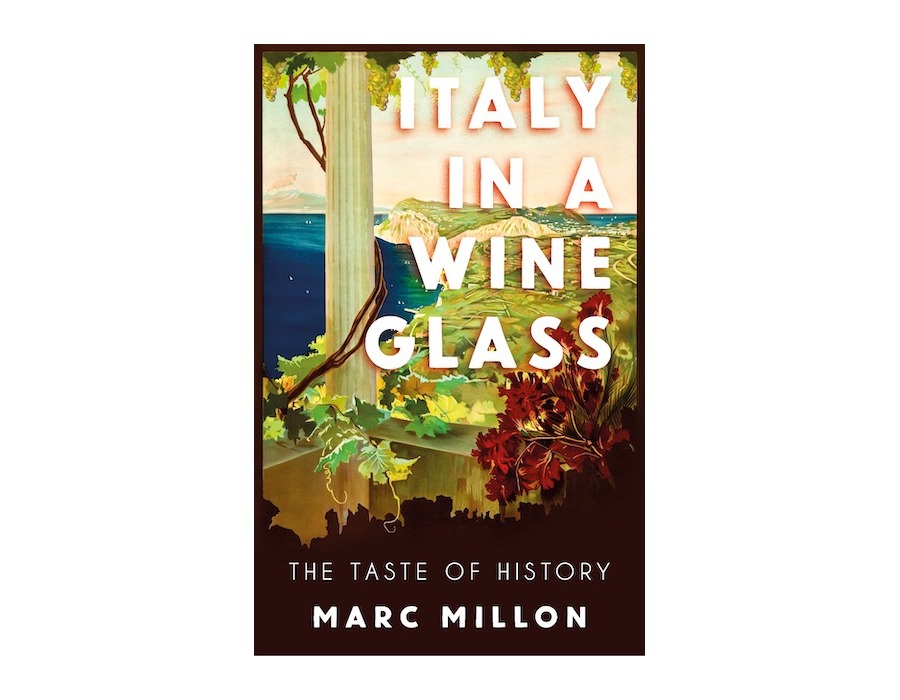
Italy in a Wineglass, by Mark Millon, offers readers the rich tapestry of Italy’s history through the lens of its winemaking tradition.
Millon, with his impressive tenure of over forty years as a wine writer, not only brings a wealth of knowledge to his writing but also a passionate reverence for his subject. His previous works, including “The Wine Roads of Italy” and contributions to “Oz Clarke’s Wine Companion Tuscany,” have established him as an authoritative voice in the field.
The story spans 6,000 years, beginning with ancient Sicily and traveling through to the present day. Millon guides us through various historical milestones, from the Roman Empire to the Renaissance, the unification of Italy and into the tumultuous periods of wars and civil strife, all the while showing how these events have shaped the cultivation and trade of wine.
The book highlights the old practice of mezzadria, a sharecropping system (giving part of crop for rent) that was still prevalent in Italy until the 1970s. It is explained how the abolition of mezzadria led to a revolution in wine quality, as producers shifted their focus from quantity to quality.
The sections on Pompeii and Venice are particularly evocative. In Pompeii, it is described how the city was home to a very large number of wine outlets, which not only sold local wines but also those from distant regions. Meanwhile, the exploration of Venice highlights its role in the global wine trade, especially the city’s love for the sweet, raisinated passito wine known as Malvasia, a name that adorns many of the city’s historic bridges.
Millon also digs into into the darker aspects of the wine industry, including the influence of the Mafia, counterfeit wine production and the lethal consequences of fraudulent adulteration. Yet, there is also a story of hope with the rise of Libera Terra, an initiative where land confiscated from the Mafia has been turned over to non-profit cooperatives.
The book also covers contemporary issues such as climate change, the COVID pandemic and the shift towards sustainable and organic winemaking practices. The book explains how these modern challenges and innovations are shaping the future of Italian wine.
A small note on aesthetics. While the book’s content is undeniably rich and engaging, the cover design has a subtle, understated quality that might be seen as echoing a sun faded book cover, possibly an intentional choice. This artistic decision should not overshadow the wealth of information and enjoyment that awaits inside.
In essence, Italy in a Wine Glass is a celebration of Italian wine, interwoven with the threads of historical events and cultural evolution. It’s a book that not only educates but also entertains, making it a must-read for anyone enchanted by the history of Italy and the timeless art of winemaking.













